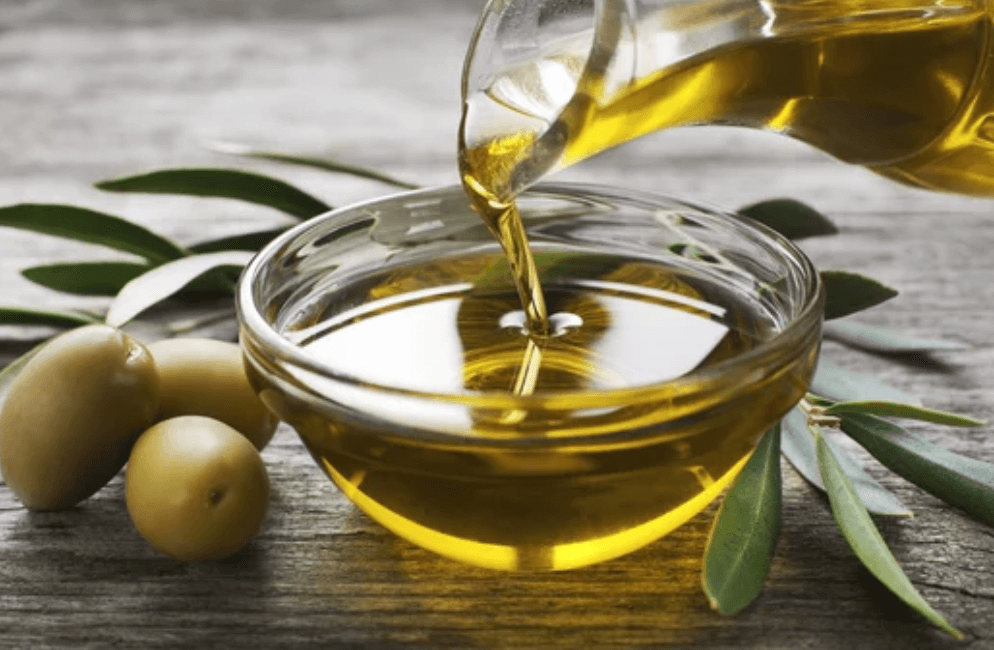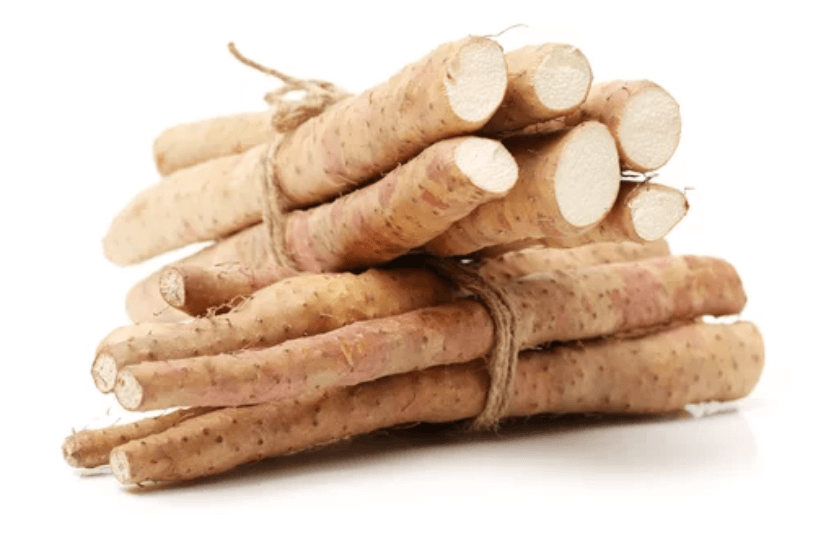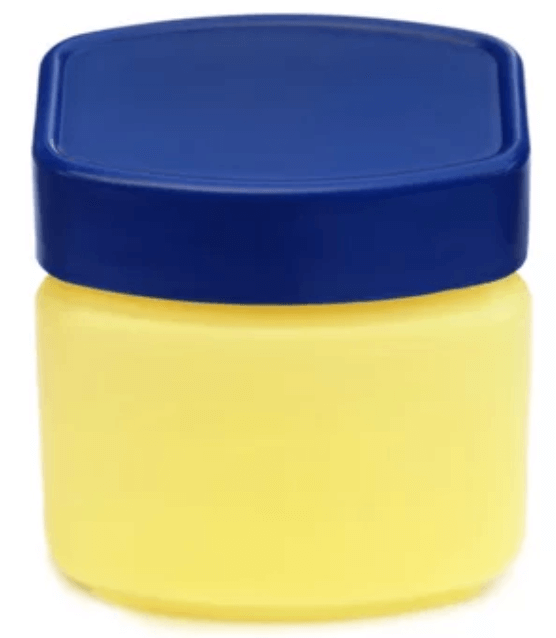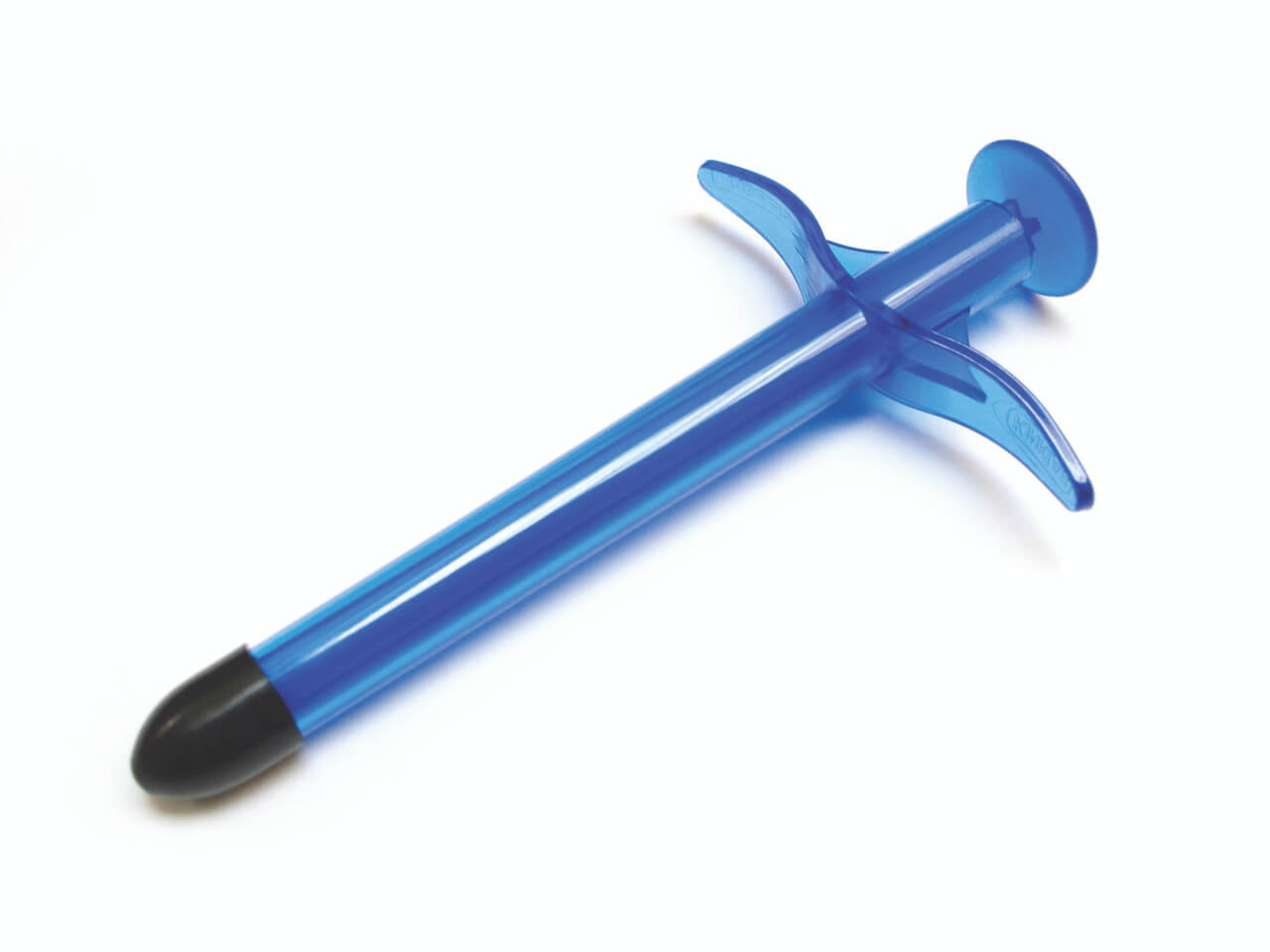Since the long lost days of masturbations past, while rubbing one off near the shadow casting flames of a cave-side fire, people have been looking for the ideal personal lubricant. This centuries long quest for the perfect lube has lead to the development of high tech silicone lubes like Pjur Woman and even new hybrid lubes, like Sliquid Silk. But what were people using before these amazing lubes were around? Let’s go back in time to discuss the history of personal lubricants.
Lubricant Timeline
350 B.C.

The earliest written evidence of lube is from Ancient Greece in 350 B.C., when olive oil was being employed with the use of leather dildos. Since latex condoms were not around at the time, using oil as a lubricant posed less problems back then than it does today. I can see olive oil acting as a perfect moisturizer for a leather toy, which would be much more prone to drying out and cracking than a modern day silicone toy, like the Beverly Hills Bunny Vibrator, would.
I would equate it with the current use of coconut oil as lube, which is the the newest craze around these parts. I’ve used baby oil with much masturbatory success as well, but remember that neither of these products are safe for use with traditional latex condoms. If you’re going to use oil as lube, be sure to use nitrile or polyurethane condoms, like the FC2 or Trojan BareSkin Non-Latex Supra for safety.
1600s

Chinese yams – the first flavored lube.
Historically, the Chinese culture also began using vegetable oils in the 1600s to lube up their animal intestine condoms, which would be the ancient equivalent of modern day Trojan NaturaLamb condoms. In 17th century Japan, a slippery lube made from mashed yams, called tororo-jiru, was the favorite lube of choice both for sex and masturbation. Inventive and vegan. I like it!
1800s

Frederic Kipping – super slippery folks everywhere want to say, “Thanks for the extended play.”
In 1899, an English chemist named Frederic Kipping discovered a special polymer which he coined as a silicone. This was the birth of silicone-based lubes and synthetic rubber. Thanks, Kipping! You’re single-handedly responsible for the incredibly long lasting sessions I have experienced with Pjur Original BodyGlide. Fortunately, we now have ways to remove silicone lube stains, but that wasn’t the case back then.
1900s

A petrol by-product, Vaseline became a popular lube choice in the mid 20th century.
Nonetheless, the first commercially manufactured lube was KY Jelly, which came out in 1904 as a surgical lube. It was so popular, a non-sterile version was quickly developed and released to the public the very same year. This same water-based lube is still in existence, over 100 years later and was recently bought out by the Durex company. To make your own water-based lube, DIY style, find out how here.
Crisco was the first hydrogenated oil to be introduced into the market and it quickly took off as a thicker lubricant and became a preferred alternative to liquid oils. In 1933, Robert Chesebrough invented petroleum jelly (brand name Vaseline), which has since caught on as a personal lubricant, especially for circumcised males and for use during anal sex, since it is waterproof and as thick as Crisco. But, like oils, it will damage latex and polyisoprene condoms and is not to be used during safer sex for this reason.
2000s

Don’t fret. This little lube shooting device will getcha nice ‘n wet.
A plethora of specialty lubricants, like tingling, warming, desensitizing, flavored, 2-in-1 lube combos and cooling lubes were soon to follow suit in the 20th and 21st century. Even anal sex specific lubes have been invented, manufactured and consumed with great success and are widely available across the world. And of course, I can’t leave out the awesomeness that is the present-day lube shooter.
To learn absolutely everything there is to know about the personal lubricants that are available right now, be sure to read the Condom Depot Guide to Personal Lubricants and to check out what products are good or not so good for masturbation, read Good Idea / Bad Idea: Using Common Bathroom Items for Masturbation.
